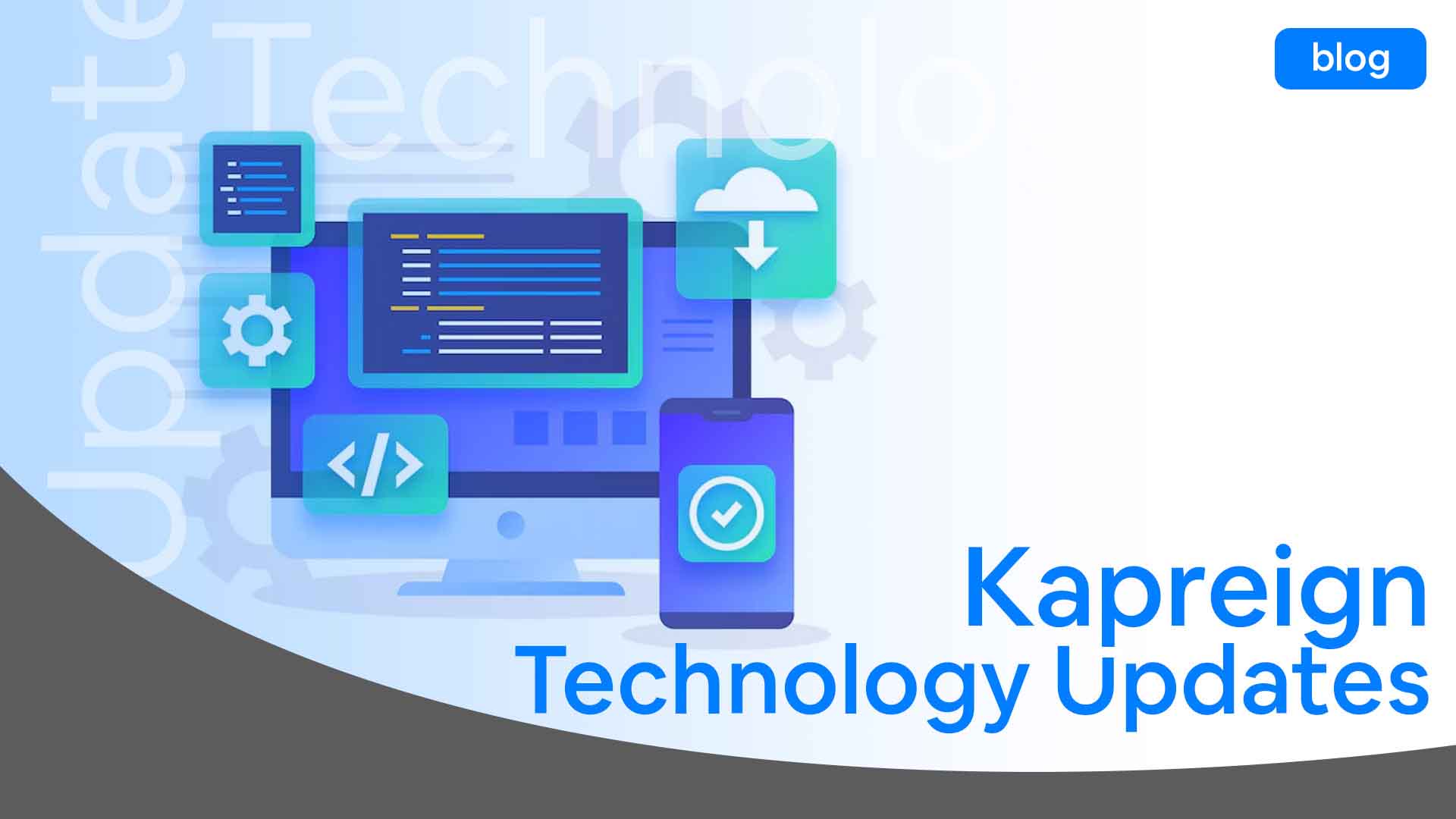No-code and low-code development platforms are revolutionizing the way applications are built, allowing businesses to create custom software solutions without extensive coding knowledge. At Kapreign, a leading web and mobile app development company in Kerala, we understand the importance of staying ahead of technological trends. In this blog post, we will guide you through the world of no-code and low-code development platforms, exploring their benefits, features, and how they can empower businesses to build powerful applications quickly and cost-effectively.
Understanding No-Code and Low-Code Development Platforms:
No-code and low-code development platforms are tools that enable users to create software applications without writing complex code from scratch. These platforms provide a visual interface where users can drag and drop elements, define logic, and customize designs without the need for traditional programming languages.
Benefits of No-Code and Low-Code Development Platforms:
1. Faster Development: No-code and low-code platforms accelerate the development process by reducing the time and effort required to build applications.
2. Cost-Effective: These platforms lower development costs by minimizing the need for highly skilled developers and streamlining the development cycle.
3. Accessibility: No-code and low-code platforms democratize app development, allowing users with limited coding experience to create sophisticated applications.
4. Flexibility: These platforms offer a high level of customization, enabling users to tailor applications to their specific requirements.
5. Collaboration: No-code and low-code platforms facilitate collaboration between business stakeholders, designers, and developers, leading to more efficient development processes.
Key Features of No-Code and Low-Code Platforms:
1. Visual Development Environment: These platforms provide a visual interface for designing and building applications, making the process intuitive and user-friendly.
2. Pre-Built Templates: No-code and low-code platforms offer a range of pre-built templates and components that can be easily customized to create unique applications.
3. Drag-and-Drop Functionality: Users can drag and drop elements onto the design canvas, simplifying the creation of user interfaces and workflows.
4. Integrations: These platforms allow seamless integration with third-party services, APIs, and databases, enhancing the functionality of the applications.
5. Automation: No-code and low-code platforms support automation of repetitive tasks, increasing efficiency and reducing manual intervention.
Choosing the Right Platform for Your Needs:
When selecting a no-code or low-code development platform, consider factors such as scalability, security, integrations, support, and pricing to ensure it aligns with your business requirements. Platforms like Appgyver, Bubble, OutSystems, and Microsoft Power Apps offer a wide range of features and capabilities to suit various project needs.
Empower Your Business with No-Code and Low-Code Development:
No-code and low-code development platforms have transformed the way businesses approach application development, enabling rapid prototyping, iteration, and deployment. By leveraging these platforms, organizations can innovate faster, respond to market demands more effectively, and drive digital transformation.
At Kapreign, we specialize in leveraging cutting-edge technologies like no-code and low-code platforms to deliver innovative and customized solutions to our clients. Contact us to explore how we can help you harness the power of these platforms to build the next generation of digital experiences.
Explore more informative blogs on technology trends and industry insights on the Kapreign blogs page. Stay updated with the latest developments in the world of web and mobile app development.


Leave a Reply